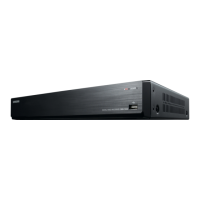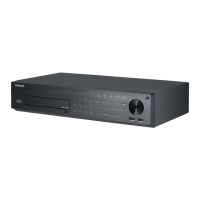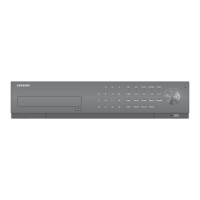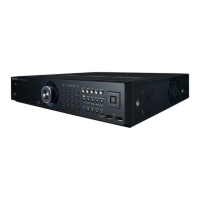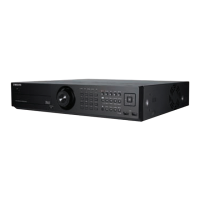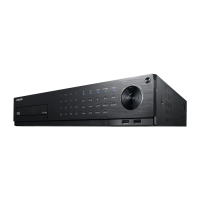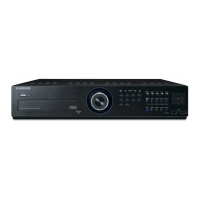Why can't I select the Start button in calendar search on my Samsung SRD-1670D?
- WWesley CookSep 12, 2025
If the cursor won't move to the Start button when you start a calendar search on your Samsung DVR, make sure that the channel and the date you want to play are marked with the V symbol. Both must be checked before you can start playing.



